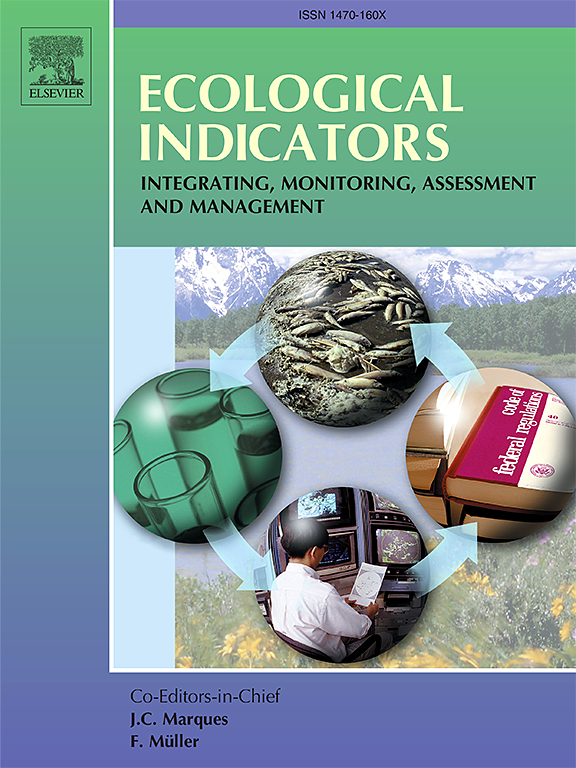Elsa Gallez, Corina Patricia Fraile Mujica, Sylvie Gadeyne, Frank Canters, Francesc Baró. Nature-based school environments for all children? comparing exposure to school-related green and blue infrastructure in four European cities. Ecological Indicators, Volume 166, 2024, 112374,
ISSN 1470-160X, https://doi.org/10.1016/j.ecolind.2024.112374.
A comparative analysis of school-related green and blue infrastructure exposure in the four cities of the COOLSCHOOLS project just got published in the Ecological Indicators journal
Available here in OA: https://www.sciencedirect.com/science/article/pii/S1470160X24008318
Highlights
- 93 % of primary schools have less than 30 % GBI cover within a 300 m buffer.
- In Brussels and Rotterdam, school-related GBI mostly favours affluent children.
- In Paris and Barcelona, school-related GBI mostly favours underprivileged children.
- No substantial changes in school-related GBI in the assessed time period.
- Urban greening policies should target disadvantaged school environments.
Abstract
Children’s unequal exposure to nature is associated with the uneven distribution of green and blue infrastructure (GBI) in cities, which often disproportionately affects children living in disadvantaged neighbourhoods. School environments are increasingly recognised, both by scientists and policymakers, as priority areas to increase children’s exposure to GBI. However, studies analysing the spatial and temporal patterns of GBI in school environments are still scarce, especially those considering a cross-city and equity perspective. To contribute to the expanding field of urban environmental justice in the context of children’s geographies, our research aims to assess the (un)equal spatial patterns of school-related GBI across four large European cities (Brussels, Barcelona, Rotterdam, and Paris) and over time (between 2006 and 2018). For this purpose, we used EU-comparable green and blue land cover and tree canopy cover data, together with schools’ socio-economic characteristics (median income and educational attainment) based on local neighbourhood-level data. Through geospatial and statistical analyses on 1259 primary schools, our study reveals significant positive correlations between school-related GBI indicators and socio-economic variables in Brussels and Rotterdam. In contrast, negative correlations were found in Barcelona and Paris. Overall, the four cities show very distinct patterns of school-related socio-environmental inequities and no substantial GBI gains during the period analysed, suggesting that greening initiatives in and around school environments are still to be upscaled at the city level.

